“My Health, My Right”
WHO
On 7 April 2024, we celebrate World Health day. This date also marks the anniversary of the founding of WHO in 1948. It is celebrated annually and each year draws attention to a specific health topic of concern to people all over the world. This year’s theme is called “My health, my right”- and shows the importance of the right of everyone all over the world to have access to quality health services, education, and information, as well as safe drinking water, clean air, good nutrition, quality housing, decent working and environmental conditions, and freedom from discrimination.

What is WHO and what are the current challenges WHO is facing?
First of all, I believe it’s important to mention briefly what exactly WHO is. WHO is an abbreviation standing for World Health Organization. WHO is the directing and coordinating authority for health within the United Nations. Founded in 1948, it is responsible for providing leadership on global health matters, shaping the health research agenda, setting norms and standards, articulating evidence-based policy options, providing technical support to countries, and monitoring and assessing health trends worldwide.

WHO Logo
WHO’s six core functions are:
- Promoting development through socioeconomic progress and increased resources;
- Fostering health security with regard to outbreaks of emerging and epidemic-prone diseases;
- Strengthening health care systems;
- Harnessing health-related research, information, and evidence;
- Enhancing partnerships with other international organizations and entities; and
- Improving performance through results-based management. Its headquarters are in Geneva, Switzerland.
Based on my personal observation and the topics that were discussed during the a high-level meeting on “Strengthening the Healthcare Systems in South-east Europe (4-5 December 2023 – Brdo, Slovenia)”, I could identify some main challenges:

Health Workforce Shortages
Almost in any country there is a lack of healthcare workers. A Large amount of the healthcare workers are migrating to more developed countries, leaving a gap in the less developed ones.

Lack of Trust among Various Stakeholders in the Healthcare Systems
- Lack of trust of patients and citizens that the system will be there for them
- Lack of trust of politicians, that investments in health will lead to improvements
- Lack of trust of healthcare workers, that the system will take care of them)

Low Amount of Quantity of Some Medicines
There are 3 main goals set connected with this issue:
- Manage critical shortages in the short-term and more structurally for the long term
- Improve security of supply of critical medicines for the mid to long term
- Support availability on the global level, acting as Team Europe
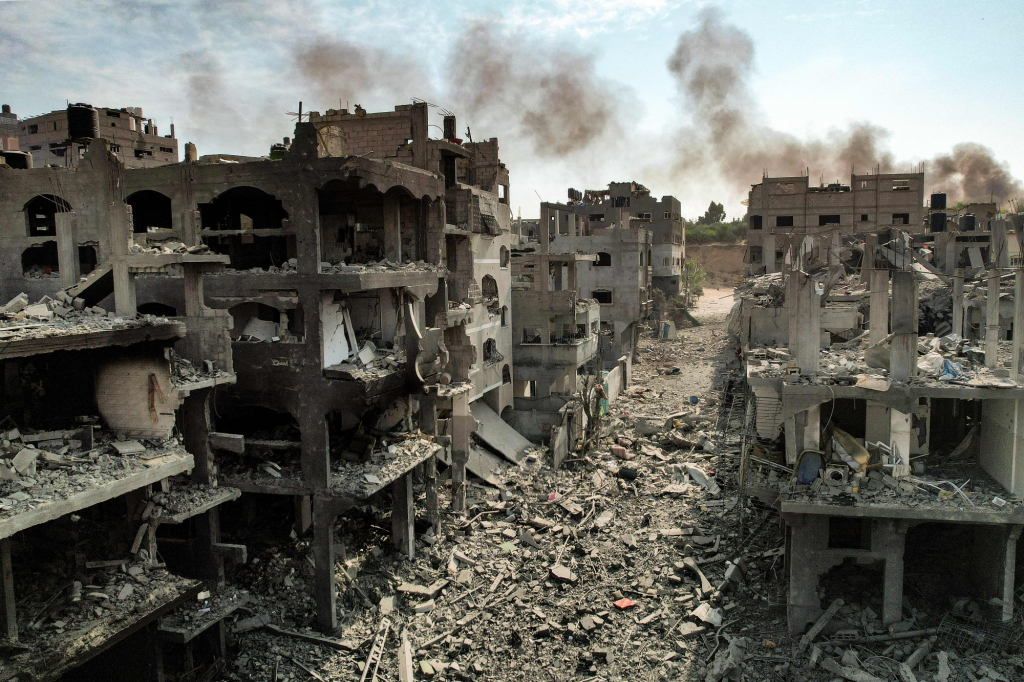
World Ongoing Conflicts
A lot of conflicts are happening at this moment in different points of the world. Here are only some which are mostly spread in the media:
- Gaza
- Sudan
- Ukraine
- Armenia-Azerbaijan
There are also more than this happening and also possible threats for the future.
In this article, I would like to raise awareness about the challenges without going in depth and to share some of the possible solutions that were discussed and found interesting.
The main solutions that were discussed among the countries from south-eastern Europe were about digitization of healthcare. One of the most discussed topics was about the integration of artificial intelligence and robotics in the healthcare system.
Here are some ideas proposed as a way to enhance access to healthcare system:

Digital Twins
Digital twin: a virtual representation of an object or a system that spans its lifecycle, is updated from real-time data and uses simulation and AI to help decision-making

VR/AR/XR for Healthcare
Using VR glasses for:
- Education – anatomy exercises; surgical education
- Remote support- in hospital room; at accident; in operating room
- Surgical support- better visualization of body/organs
- New treatments – faster rehabilitation, pain management
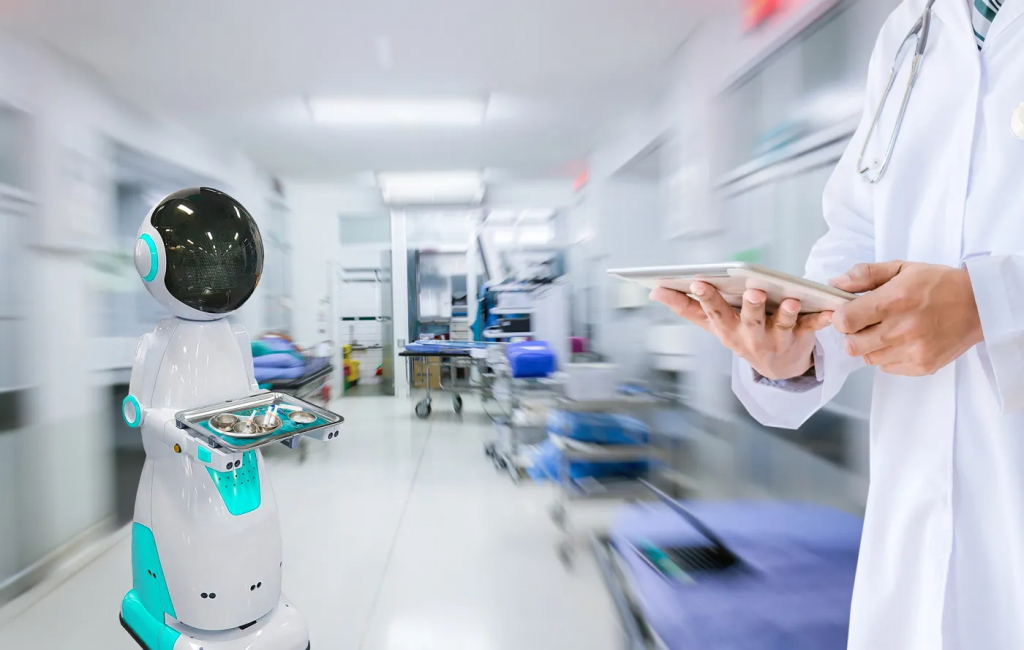
Autonomous Guided Vehicles (AGV) Robots For Healthcare
One of the proposals is to replace people in internal logistics with AGV. It is believed that AGV could help with safety (reducing workplace accident), efficiency (enhance operational efficiency) and higher productivity.
- Logistics/supply chain – transportation of food, waste, laundry
- Sanitation/cleaning- maintain sterile environments
- Patient care: patient transport, serving food and medications
- Data collection/monitoring- patient monitoring
Robotics for Healthcare

Find Photo Credits Here

Find Photo Credits Here
In conclusion I want to say that I found it interesting how much trust WHO is giving to AI, Robotics and see it as a possible solution to the problems. It shows how crucial and important it is to develop this sector.
Prepared by IFYD YouthPrint Volunteer: Teodor Grozev

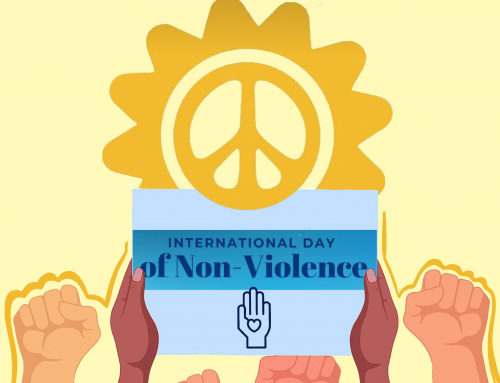

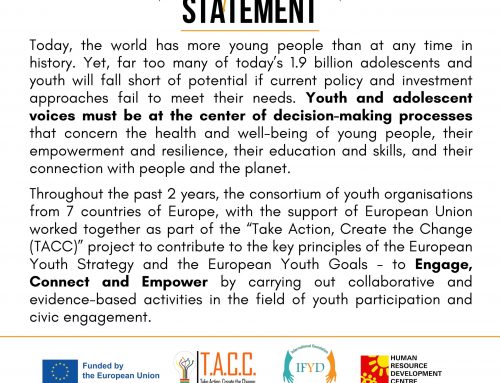
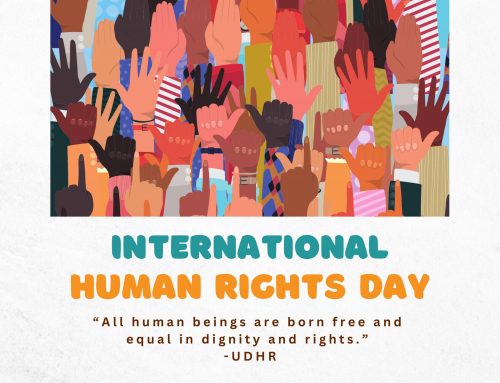
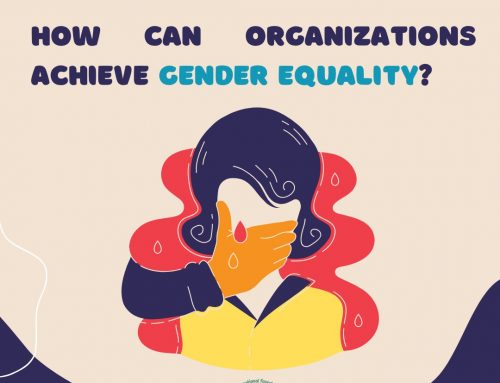
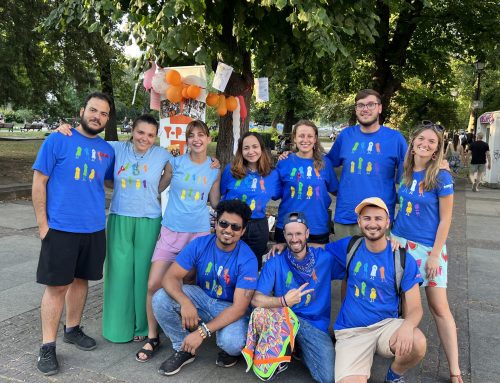




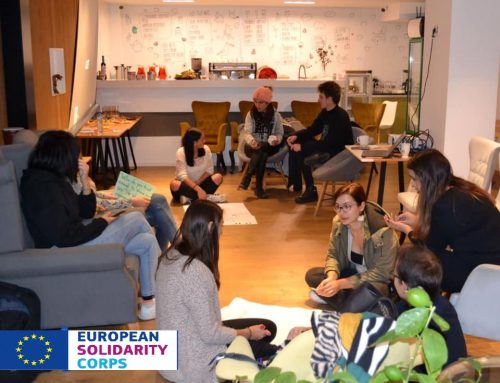
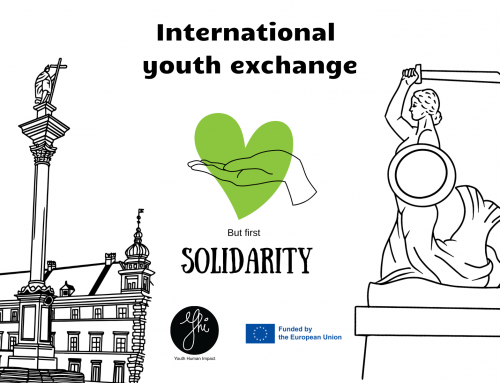

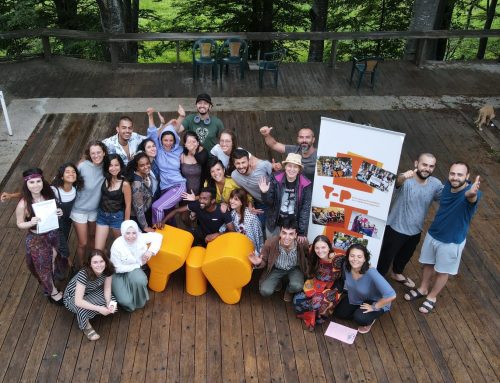
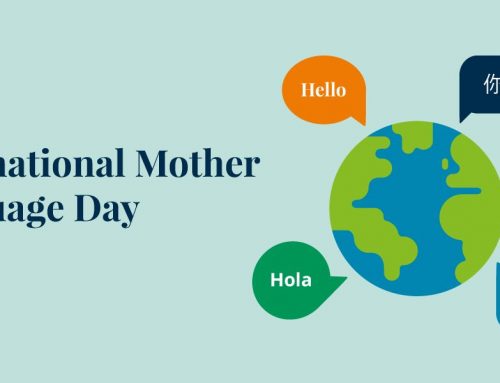
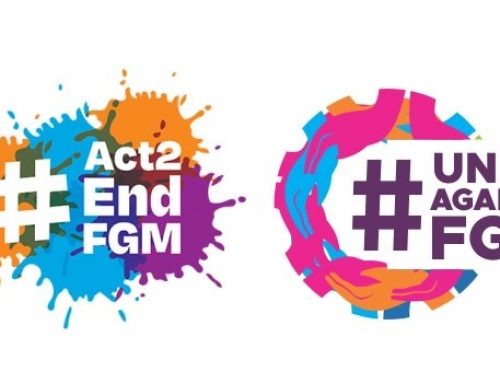
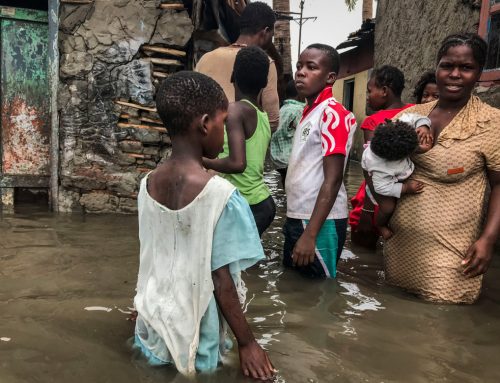
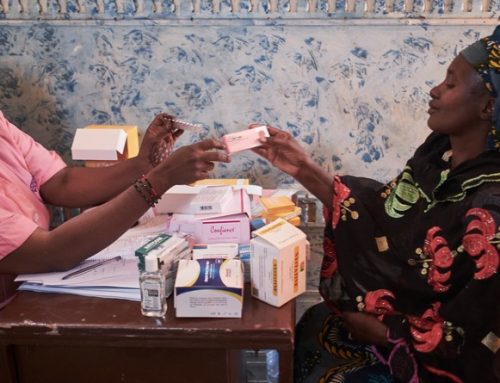

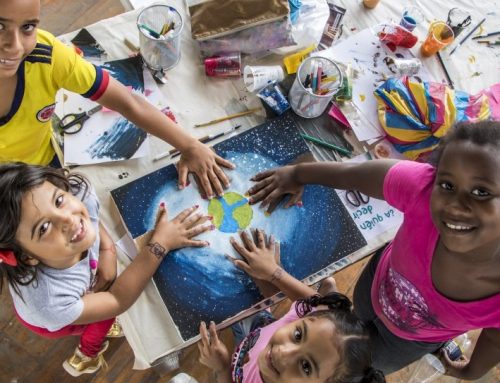
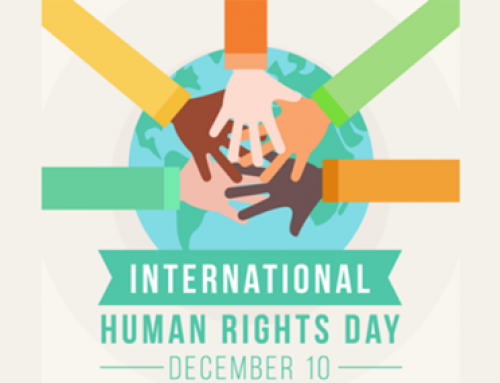

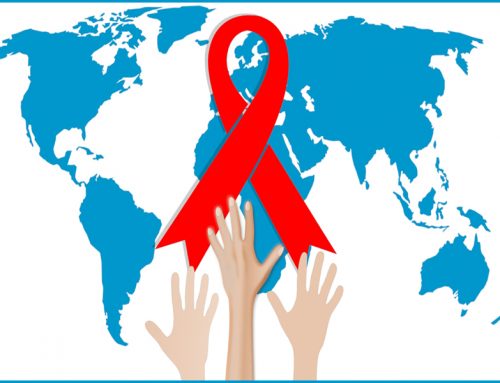

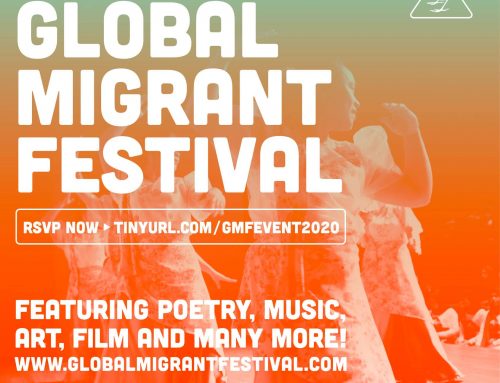
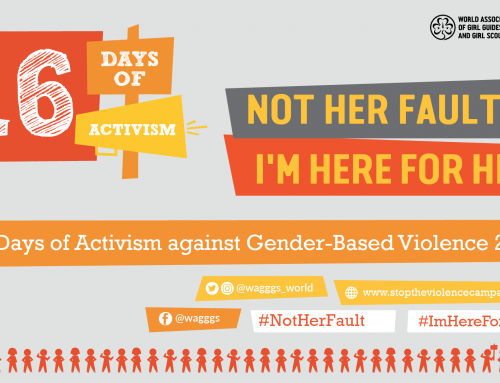

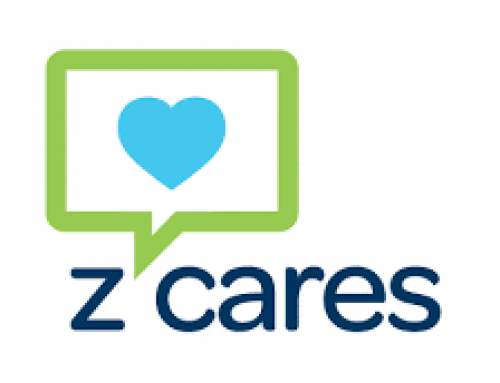
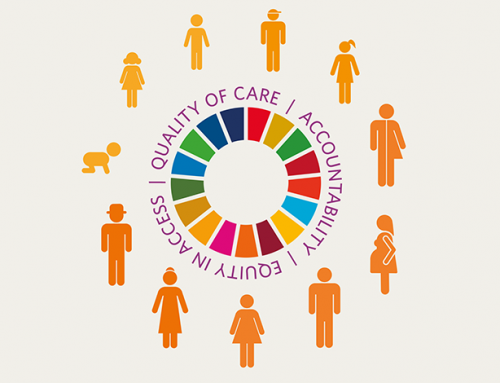
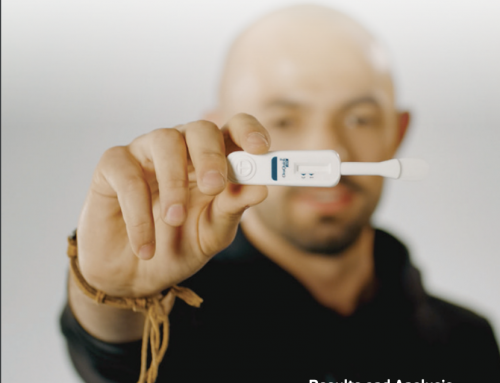


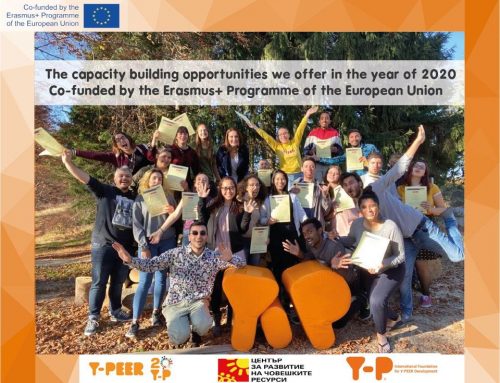
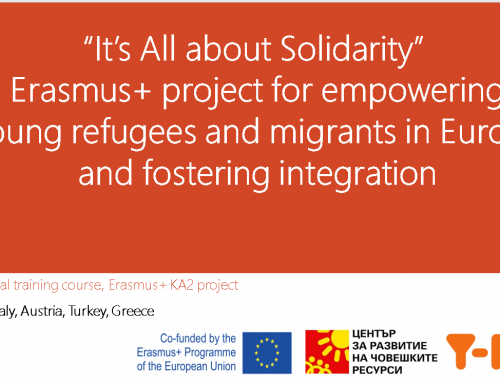
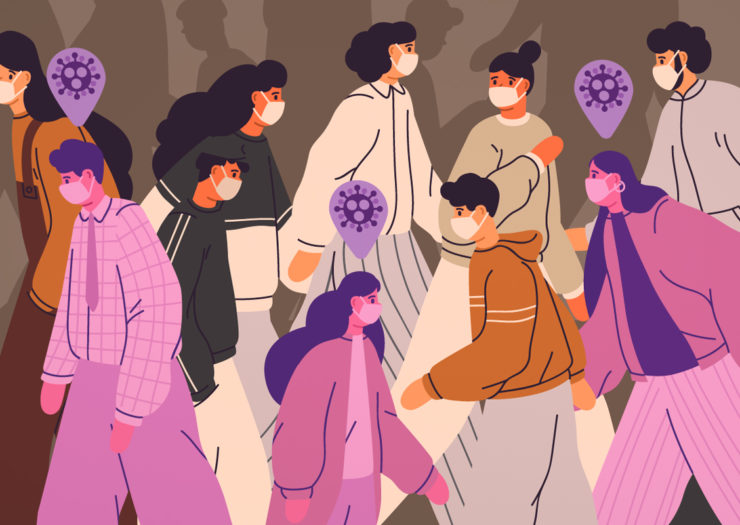


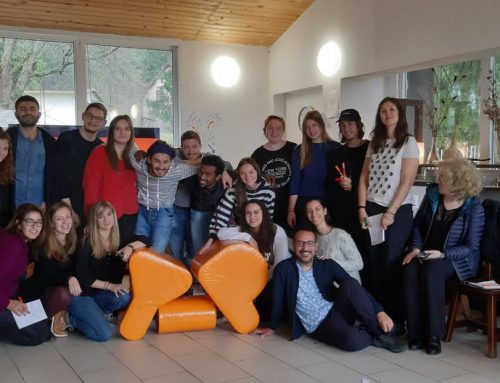


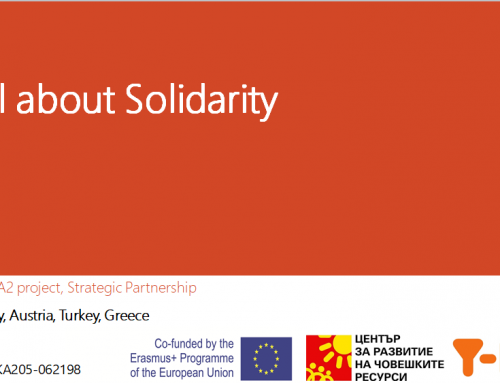




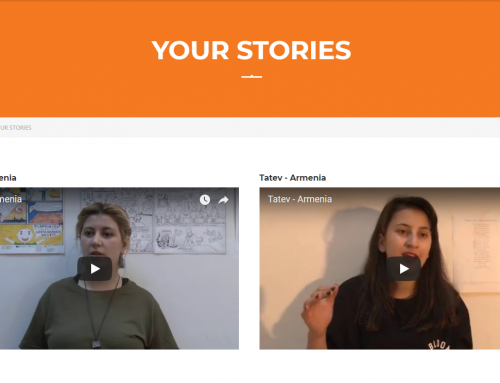







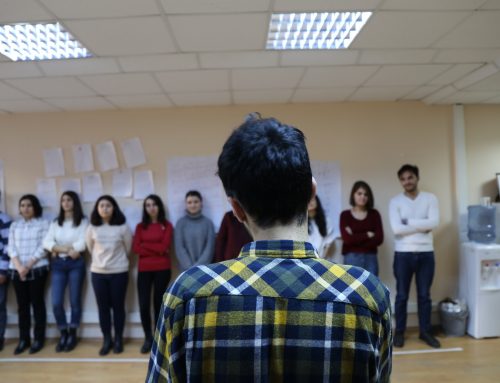
Leave A Comment
You must be logged in to post a comment.